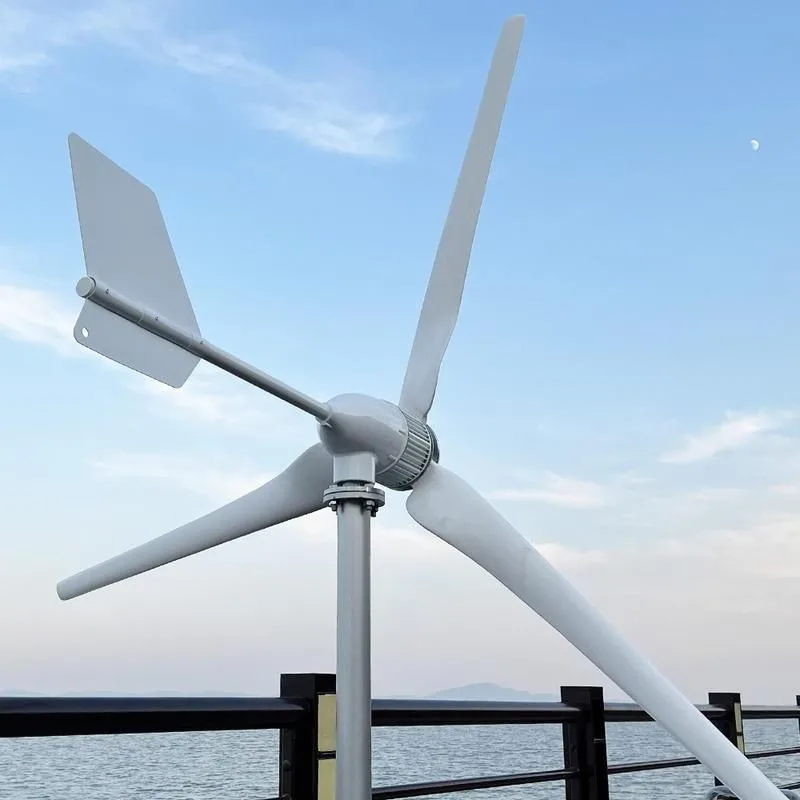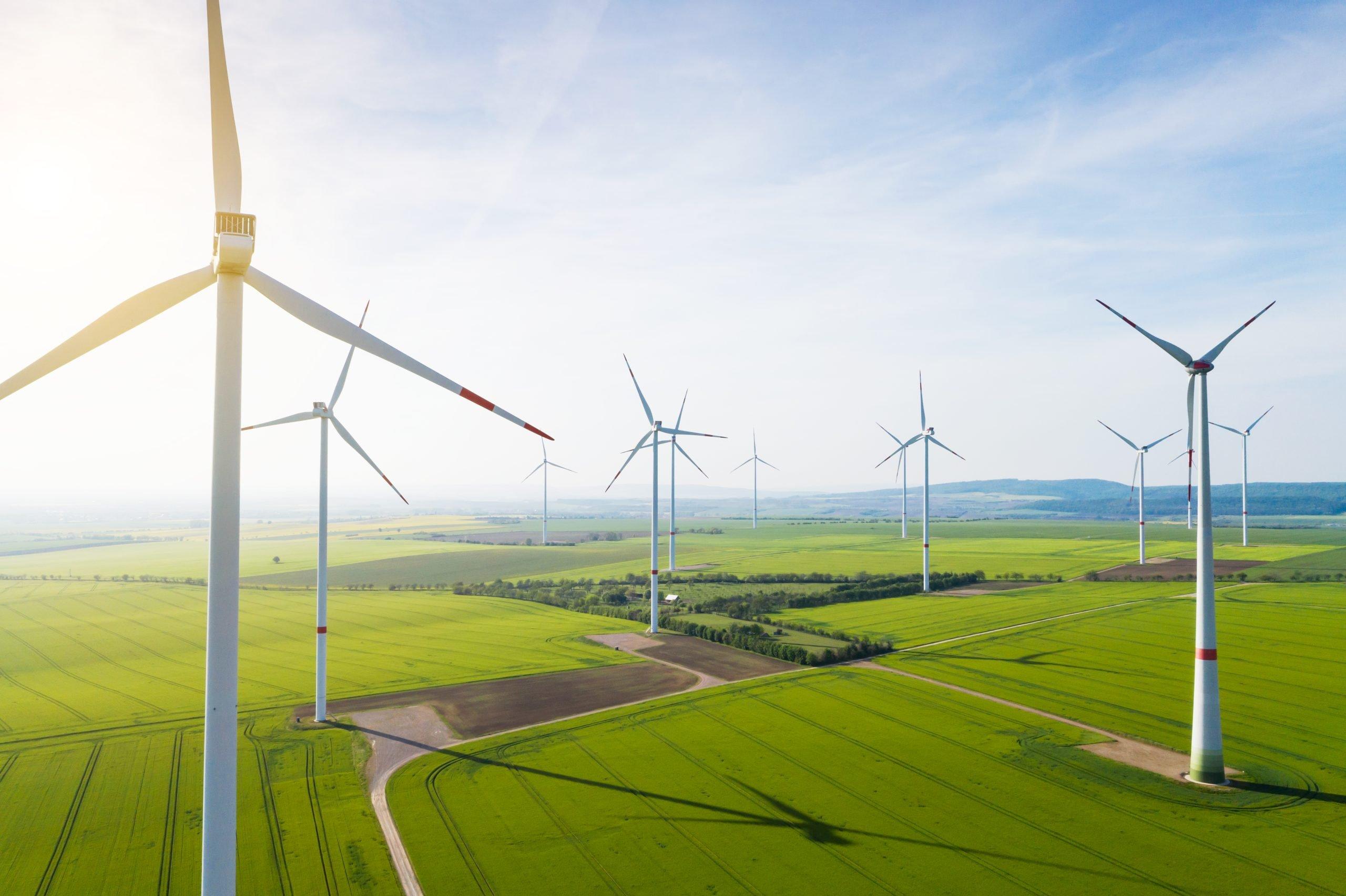-
Shop
- Advanced Technologies
- Auto
- Bathroom
- Clothing & Accessories
- Electronics
- Fashion
- Fashion Accessories
- Festive
- Furniture
- Furniture & Decor
- Gadgets
- Health & Beauty
- Home & Garden
- Home Electronics
- Kids & Babies
- Kitchen
- Lighting
- Patio, Lawn & Garden
- Pet Supplies
- Pets
- Sport
- Sport & Outdoors
- Spring Fashion Pack
- Stores
- Super Deals
- Tools & Equipment
- Travel & Outdoors
- Video Games
- Popular
- Best deals
Wind Turbine Generator: Harnessing the Power of Wind for Renewable Energy


Wind Turbine Generator
Wind turbine generators are a cornerstone of modern renewable energy strategies. As the world shifts towards sustainable energy sources, understanding how these machines work, their benefits, and their practical applications can empower individuals and businesses alike to make informed decisions. This complete guide will delve into the intricacies of wind turbine generators, exploring their design, functionality, and the role they play in mitigating climate change.
What is a Wind Turbine Generator?
A wind turbine generator is a device that converts the kinetic energy of wind into mechanical energy, which is then transformed into electrical energy. These machines consist of several components that work together to harness wind energy efficiently. Here are the essential parts:
-
- Blades: Typically made from lightweight materials, the blades catch the wind and cause the rotor to spin.
-
- Rotor: The rotor, which is connected to the blades, is vital for converting wind energy into rotational energy.
-
- Gearbox: The gearbox increases the rotational speed to a level suitable for electricity generation.
-
- Generator: The heart of the wind turbine, the generator converts mechanical energy into electricity.
-
- Tower: Towers can reach impressive heights, allowing turbines to capture stronger winds at elevated levels.
-
- Control System: This system optimizes the turbine’s performance by controlling pitch and yaw for maximum efficiency.
How Do Wind Turbine Generators Work?
The process begins when wind flows over the blades, creating lift that turns the rotor. The rotational energy is then transmitted through the gearbox to the generator, where it is indeed transformed into electrical energy. Here’s a simplified breakdown of the wind-to-electricity process:
-
- Wind passes over the blades, causing rotation.
-
- The rotor spins, turning the gearbox.
-
- The gearbox increases the speed for the generator.
-
- The generator produces electricity, which is fed into the power grid or stored.
Types of Wind Turbine Generators
There are two main types of wind turbine generators:
-
- Horizontal Axis Wind Turbines (HAWT): The most common type, featuring a horizontal rotor with blades facing the wind. They typically have larger capacities and are more efficient in high-wind conditions.
-
- Vertical Axis Wind Turbines (VAWT): Characterized by their vertical alignment, these turbines can capture wind from any direction and are often easier to maintain, but generally less efficient than HAWTs.
The Benefits of Wind Turbine Generators
Wind turbine generators offer a multitude of benefits that contribute significantly to sustainable energy solutions:
-
- Renewable Energy Source: Wind energy is inexhaustible and widely available globally.
-
- Reduces Greenhouse Gas Emissions: Utilizing wind energy leads to fewer carbon emissions compared to fossil fuels.
-
- Job Creation: The wind energy sector has been a significant source of employment, from manufacturing to maintenance.
-
- Low operating Costs: Once installed, wind turbines have low maintenance and operational costs, leading to high profitability.
Practical Tips for Optimizing Wind Turbine Performance
To ensure your wind turbine runs safely and efficiently, consider the following tips:
-
- Site Selection: Choose locations with consistent wind patterns and minimal obstructions.
-
- Regular Maintenance: Schedule routine inspections and maintenance to identify and resolve issues promptly.
-
- Monitor Performance: Use analytics tools to track performance and optimize operational efficiency.
-
- Community Engagement: Involve local stakeholders to foster support and address concerns.
Case Studies: Triumphant Wind Energy Projects
Several prominent wind energy projects around the world showcase the potential of wind turbine generators:
| Project Name | Location | Capacity (MW) | Year Commissioned |
|---|---|---|---|
| Gansu Wind Farm | China | 7,965 | 2016 |
| Hornsea One | UK | 1,218 | 2019 |
| Lake Turkana Wind Power | Kenya | 310 | 2018 |
The Future of Wind turbine Generator
As technology evolves, the future of wind turbine generators looks promising. innovations in turbine design, increased energy efficiency, and advancements in energy storage will enhance their viability. Governments and corporations are investing heavily in research to maximize the output and reduce the costs associated with wind energy.
Conclusion
Wind turbine generators are an essential component of the shift towards renewable energy. With their ability to harness the power of the wind, they provide a sustainable and environmentally kind alternative to fossil fuels. The growth of the wind energy sector presents a wealth of opportunities for individuals, businesses, and communities alike. By understanding the intricacies of wind turbine technology and embracing its benefits, we can all play a part in creating a cleaner, greener future.
Solar Generators: The Future of Clean Energy
Dec 20, 2024



















Leave a comment